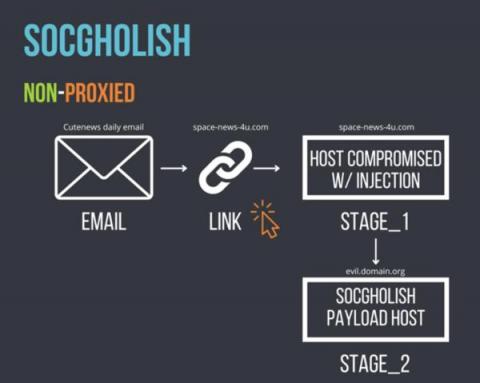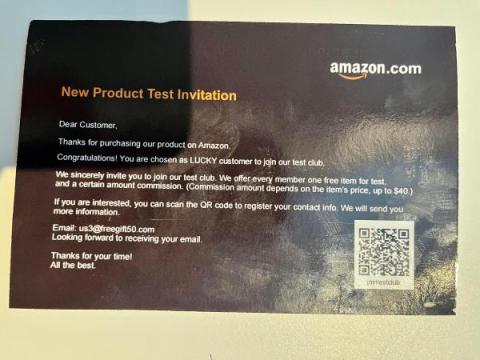TA569: SocGholish and Beyond
TA569 is a prolific threat actor primarily known for its deployment of website injections leading to a JavaScript payload known as SocGholish. In the past few months, Proofpoint researchers have observed changes in the tactics, techniques, and procedures (TTPs) employed by TA569. Changes include an increase in the number of injection varieties, as well as payloads deviating from the standard SocGholish “Fake Update” JavaScript packages.







